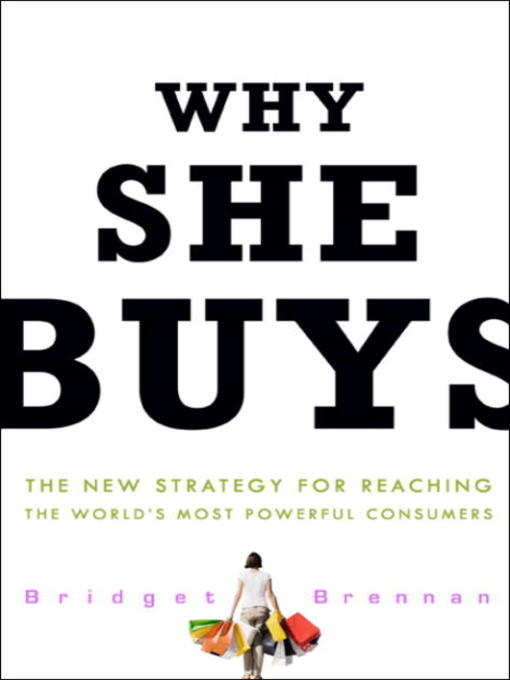The more I read this book, the more I have the urgency to share it. Why should you read this book:
· Women drive consumer purchasing.
· Men dominate the senior levels of most companies that make and market the products women buy.
· Men and women are so different, they often have trouble communicating with one another.
· Understanding these differences can provide businesses with significant competitive advantage, but it takes work.
· The gender gap is a source of missed opportunities and lost revenue, and it should be addressed through education and training.
· Political correctness stifles frank discussion of the subject, even among women.
· Much of the biological research on the brain differences between genders is relatively new and hasn’t trickled down to either the general public or the business world.
· Gender differences are not widely taught in business courses at the undergraduate level or in MBA programs.
· The fish are the last to discover the ocean.
· Women dominate the consumer economy thanks to the combination of purchasing power and influence.
>> Chapter 1 Excerpt
At school, nobody ever mentioned differences between men and women. After 5 years, not even one mention to this subject was made. I have studied differences between cultures: how to make business in China, in Middle East, in Japan, in the United States,... but never differences between genders. We are all considered the same – but the truth is we are in fact very different. We talk differently, we relate differently, we view the world differently, we are interested by different things, and respond differently to the same situations... so when targeting products to women – the main buyers of all consumer goods – we should be more aware of all these differences and drivers.
While reading this book I realise that one of the most useful subjects we could, and should, study in business schools is gender differences. We would be able to better understand men and women and their behaviours in all aspects of life – and more specifically understand better their shopping habits and drivers.
Until that day, read this book and you'll understand what I mean.





